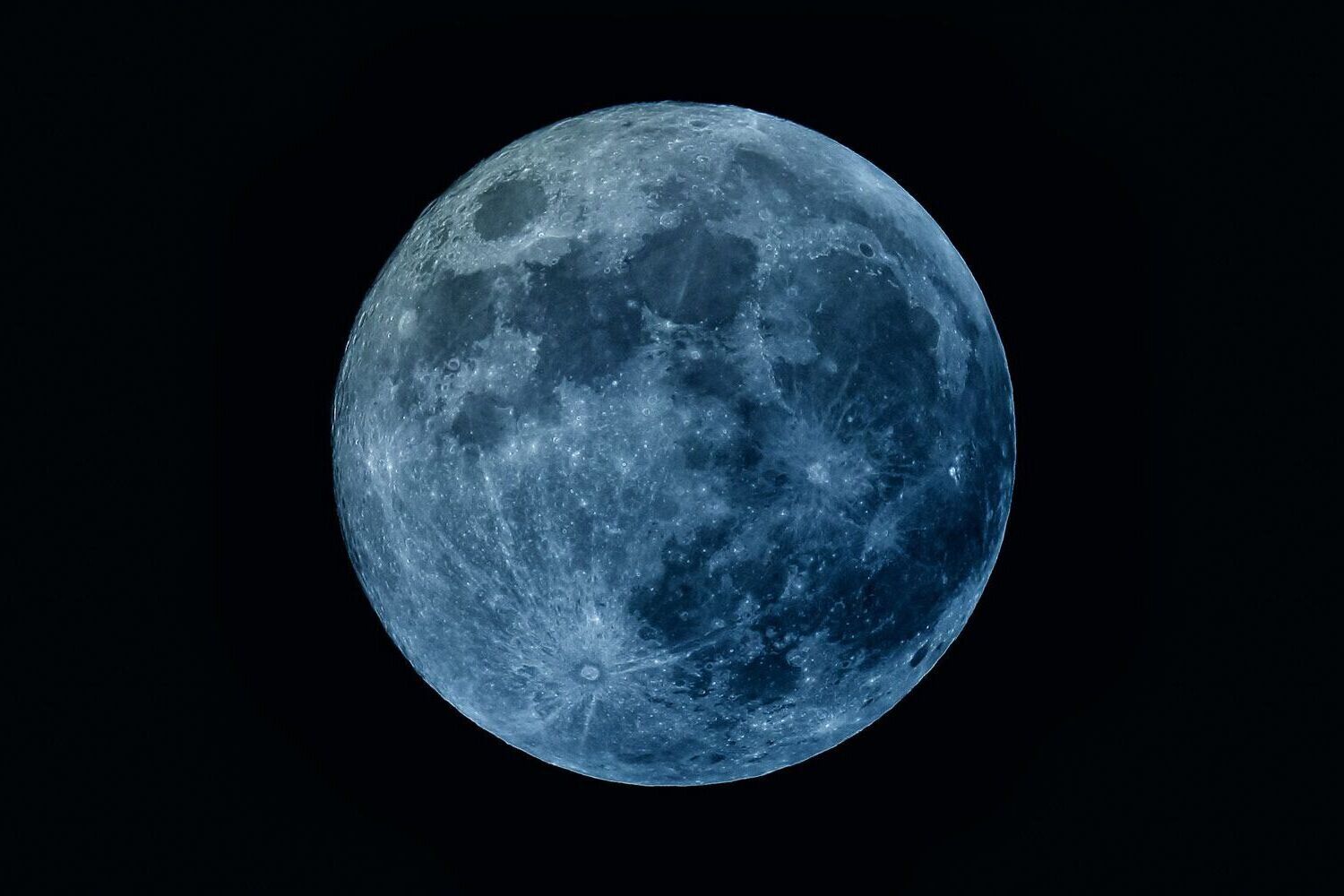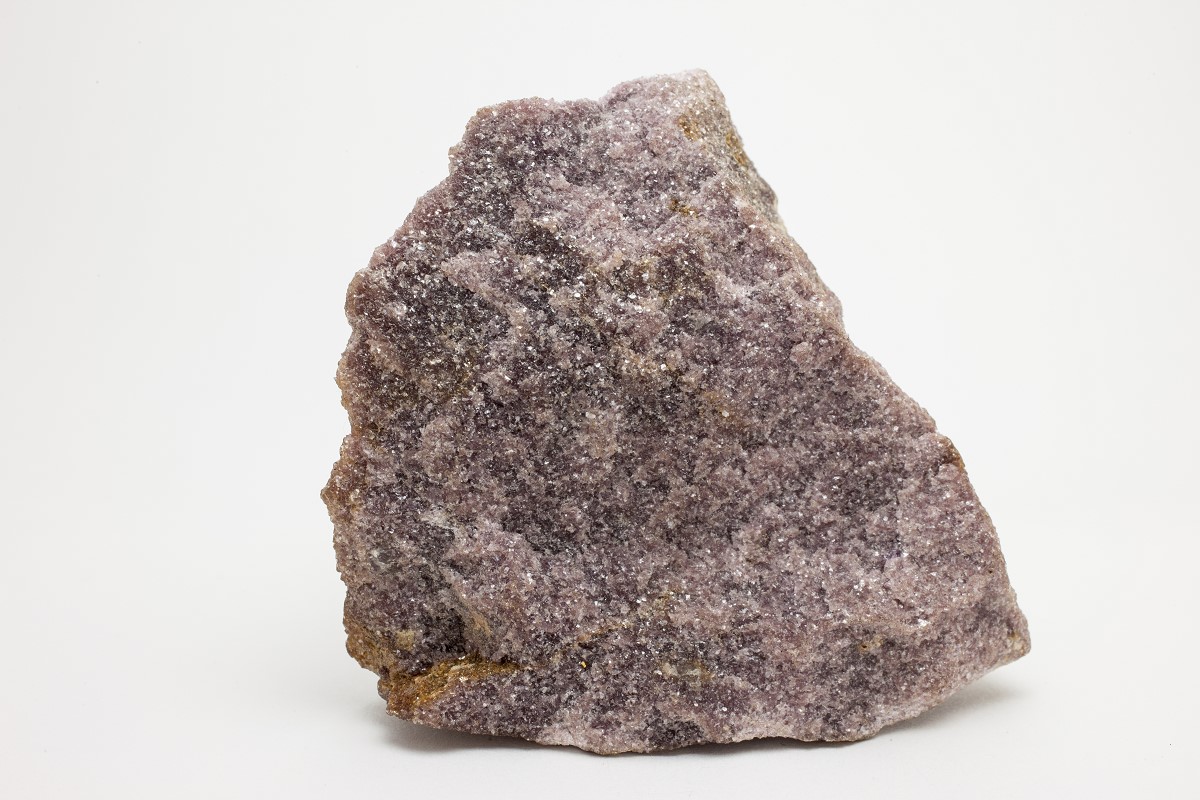
What is a Blue Moon? A Blue Moon isn't actually blue. It's a term used to describe the rare occurrence of two full moons in a single calendar month. This phenomenon happens about once every two to three years. The phrase "once in a blue moon" means something rare or unusual. Historically, the term has been used in folklore and literature, adding a touch of mystery to the night sky. While it doesn't change color, the Blue Moon captivates stargazers and dreamers alike. Ready to learn more? Here are 30 fascinating facts about this celestial event.
What is a Blue Moon?
A Blue Moon isn't actually blue. It's a term used to describe a rare lunar event. Let's dive into some fascinating facts about this celestial phenomenon.
- A Blue Moon occurs when there are two full moons in a single calendar month.
- The term "Blue Moon" can also refer to the third full moon in a season with four full moons.
- The phrase "once in a Blue Moon" means something that happens very rarely.
- Despite its name, the moon doesn't turn blue during this event.
- The last Blue Moon was on October 31, 2020.
Historical Significance of Blue Moons
Throughout history, Blue Moons have intrigued and inspired many cultures. Here are some interesting historical facts.
- The term "Blue Moon" first appeared in the Maine Farmers' Almanac in the 1930s.
- In medieval England, people used the term "belewe" moon, which means "betrayer" moon.
- Some Native American tribes called the Blue Moon the "Time of the Long Nights Moon."
- Ancient cultures often associated Blue Moons with supernatural events.
- In folklore, Blue Moons were sometimes seen as a sign of bad luck.
Scientific Explanation
Understanding the science behind Blue Moons can make this phenomenon even more fascinating.
- A Blue Moon happens roughly every 2.7 years.
- The moon's cycle is about 29.5 days, which is why two full moons can fit into one month.
- Blue Moons are a result of the Gregorian calendar system.
- The moon's color can appear blue due to atmospheric conditions, but this is unrelated to the Blue Moon event.
- Volcanic eruptions and forest fires can cause the moon to appear blue by scattering red light.
Cultural Impact
Blue Moons have left a mark on various aspects of culture, from literature to music.
- The term "Blue Moon" has been used in numerous songs, including the famous 1934 hit by Richard Rodgers and Lorenz Hart.
- In literature, Blue Moons often symbolize rarity and uniqueness.
- The Blue Moon cocktail, made with gin and blue curaçao, was named after this lunar event.
- Many festivals and events are held worldwide to celebrate Blue Moons.
- The Blue Moon has inspired countless works of art, from paintings to poetry.
Fun Facts
Here are some fun and quirky facts about Blue Moons that you might not know.
- The next Blue Moon will occur on August 30, 2023.
- Blue Moons can sometimes coincide with other lunar events, like supermoons or lunar eclipses.
- The phrase "Blue Moon" was popularized by a misinterpretation in a 1946 Sky & Telescope magazine article.
- The moon can appear blue in color due to particles in the atmosphere, but this is extremely rare.
- Some people believe that wishes made during a Blue Moon are more likely to come true.
Blue Moons Around the World
Different cultures have their own unique ways of interpreting and celebrating Blue Moons.
- In Hindu culture, the Blue Moon is called "Adhik Maas" and is considered an auspicious time.
- In Chinese culture, the Blue Moon is associated with the Mid-Autumn Festival.
- Some European cultures believed that Blue Moons were a time for witches to gather.
- In Australia, the Blue Moon is often celebrated with moon-viewing parties.
- In Japan, the Blue Moon is linked to the concept of "tsukimi," or moon viewing, which is a time for reflection and appreciation of nature.
The Magic of Blue Moons
Blue Moons aren't just rare; they're fascinating. Occurring roughly every 2.7 years, these celestial events captivate skywatchers and inspire countless myths. Despite the name, a Blue Moon doesn't actually appear blue. Instead, it's the second full moon in a calendar month or the third full moon in a season with four full moons.
Understanding Blue Moons helps us appreciate the complexities of our lunar calendar. They remind us of the intricate dance between Earth, the moon, and the sun. Whether you're an astronomy buff or just someone who loves gazing at the night sky, knowing these facts adds a layer of wonder to your experience.
Next time you hear about a Blue Moon, you'll know it's not just a saying. It's a special event that connects us all to the rhythms of the universe. Keep looking up!
Was this page helpful?
Our commitment to delivering trustworthy and engaging content is at the heart of what we do. Each fact on our site is contributed by real users like you, bringing a wealth of diverse insights and information. To ensure the highest standards of accuracy and reliability, our dedicated editors meticulously review each submission. This process guarantees that the facts we share are not only fascinating but also credible. Trust in our commitment to quality and authenticity as you explore and learn with us.


